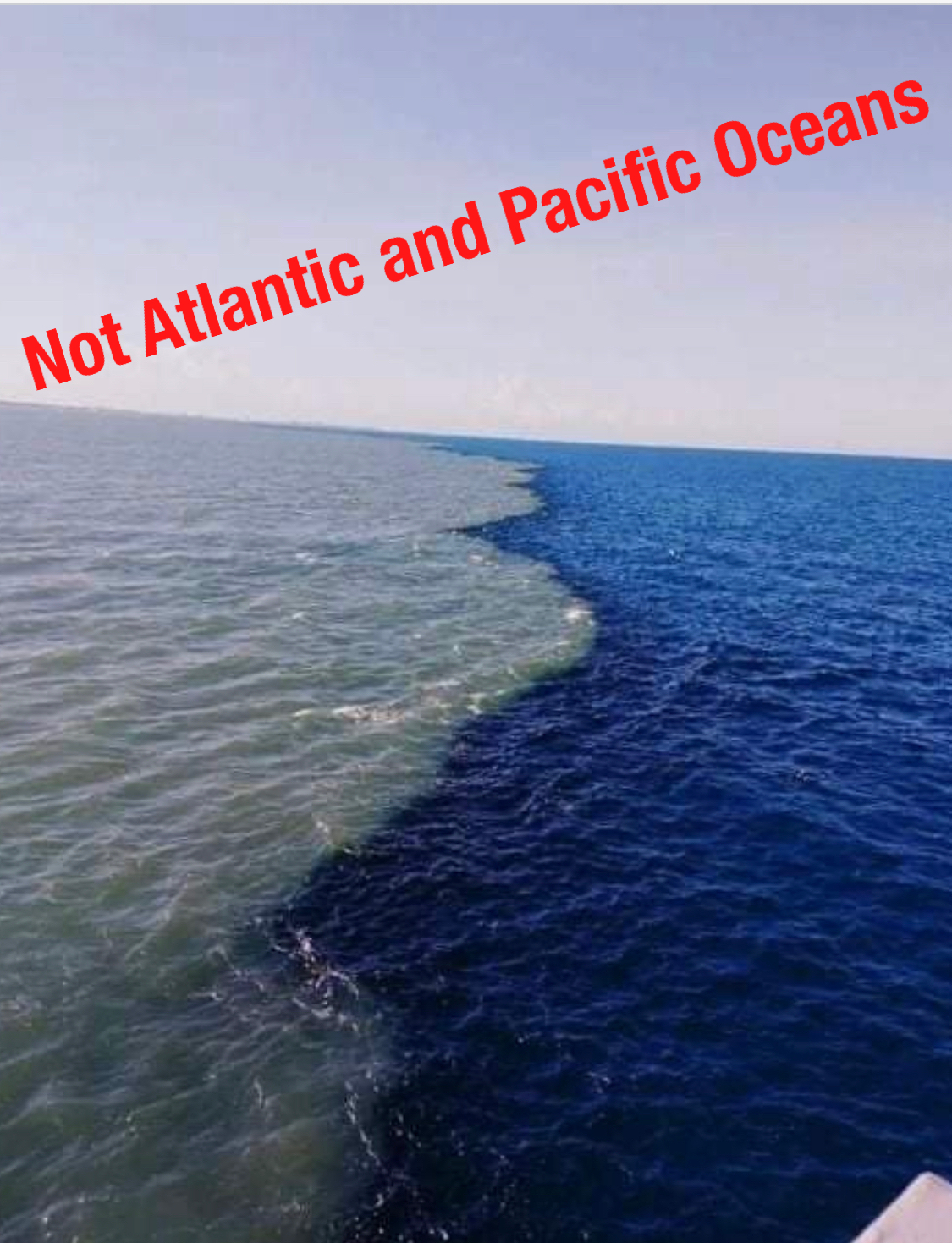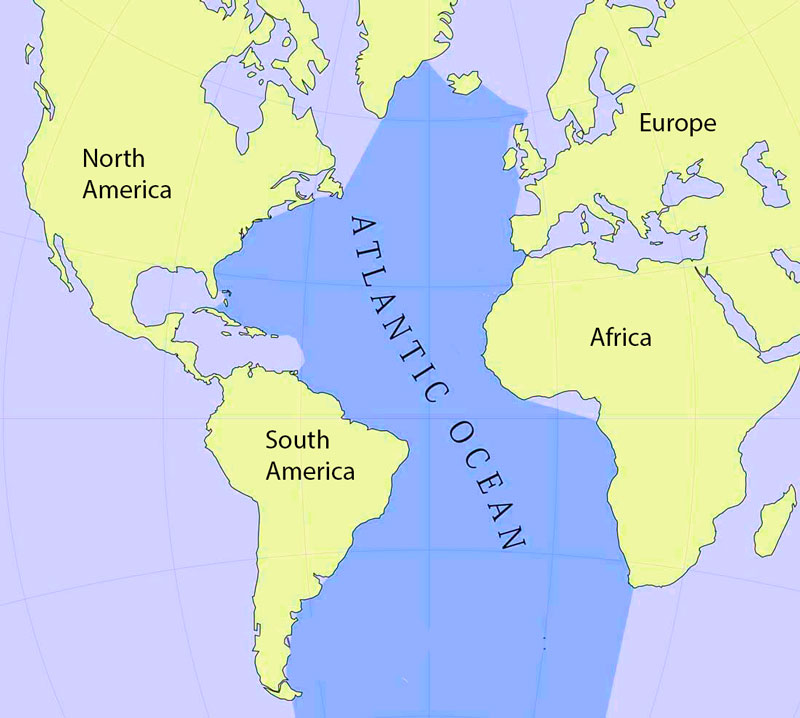Does The Atlantic Ocean Mix With The Pacific Ocean

Imagine the Atlantic and Pacific Oceans as two giant siblings. One's a bit salty, the other a tad cooler. Do they ever share toys? Do they ever play together?
The Big Question: Mixing or Not?
Well, here's the thing. It's not like they're completely separate apartments with a locked door between them. They do meet! The question is more about how much they mingle and what happens when they do.
Think of it like adding milk to your coffee. You pour it in, and it swirls, eventually blending. But what if the milk was super dense and cold? It might take a while longer, right?
Where's the Party? The Meeting Points
The main place where these oceanic giants try to mingle is around the tip of South America, near Cape Horn. It's a notoriously wild place, known for rough seas and strong currents.
Then there's the Arctic Ocean, a sort of communal swimming pool where both the Atlantic and Pacific sneak in for a chilly dip. It's like a neutral zone for ocean mixing!
But it's not a simple handshake. The water from each ocean has different properties, like temperature and salinity. These differences create density gradients, and that's where the drama begins.
The Density Dance: A Water Ballet
Imagine trying to mix oil and water. They might swirl for a moment, but they quickly separate, right? The Atlantic and Pacific aren't quite that stubborn, but their density differences make them resist mixing perfectly.
Instead of a smooth blend, you get layers and currents, a constant pushing and shoving. The lighter, fresher water tends to stay on top, while the denser, saltier water sinks below.
Think of it as a very slow, very subtle dance. They're acknowledging each other, exchanging glances, but not fully embracing.
The Panama Canal: An Unlikely Matchmaker
Now, you might be thinking, "What about the Panama Canal? Doesn't that connect them directly?" Well, sort of.
The Panama Canal is like a tiny straw compared to the vastness of the oceans. It allows ships to pass, but it doesn't really facilitate significant mixing of the water itself. It’s more of a shortcut than a mixer.
The Big Picture: It's All Connected
While the Atlantic and Pacific don't mix instantly like a cocktail, they are connected. The global ocean is one big, interconnected system. Changes in one ocean can eventually affect the other.
Currents act like conveyor belts, slowly transporting water, heat, and nutrients around the planet. This slow but steady exchange influences weather patterns, marine life, and even the climate.
So, the answer is yes, they do mix, but it's a complicated, drawn-out affair. It's less about a dramatic merger and more about a slow, subtle, and continuous interaction.
Why Should We Care?
Understanding how these oceans interact is crucial for understanding our planet. It helps us predict weather patterns, understand climate change, and protect marine ecosystems.
These interactions support a vast web of life. From tiny plankton to giant whales, everything is interconnected and affected by the ocean's currents and chemistry.
So, the next time you're at the beach, remember the epic, slow-motion dance between the Atlantic and Pacific. They're not just bodies of water; they're vital players in the Earth's story.
And isn't that just a little bit magical?


















